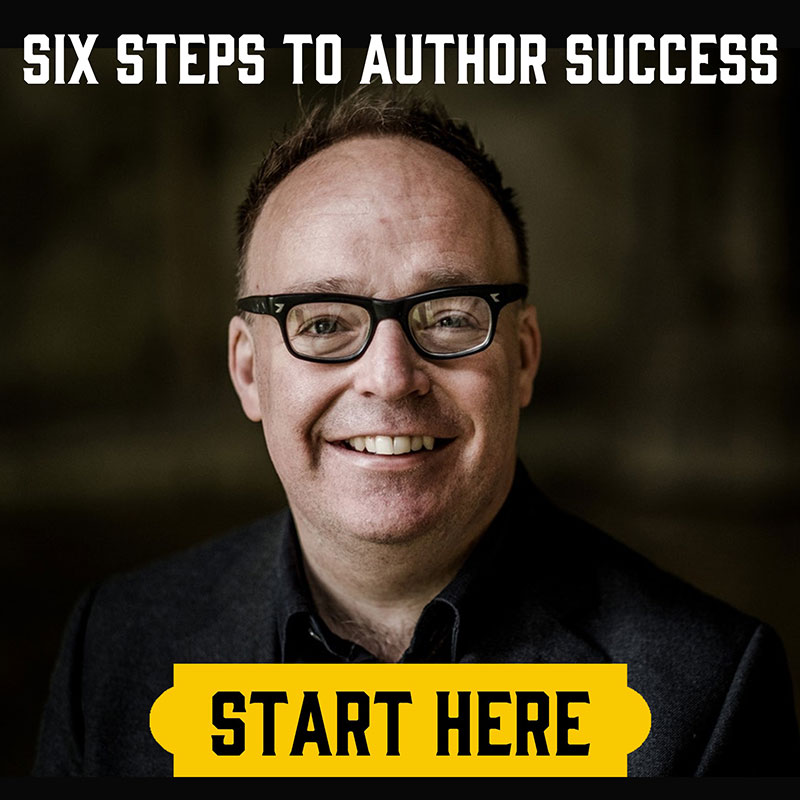How to Research for Historical Fiction

History has a diversity of stories, settings and character perspectives that the modern day often can’t match thanks to the recent globalisation of the human experience. Indeed, historical fiction has massive demand for this reason. Consider all the romances, thrillers, adventures, mysteries, sci-fis and fantasies it covers. Authors and readers alike love its ability to transport them through space and time. So, if you feel compelled to write historical fiction, know you’re not alone. But say you didn’t live through a period you want to write about and you’re not a scholar with decades of specialist knowledge. Where do you start? How do you make it convincing?
We’ve all heard the horror stories of creators who’ve failed to achieve the genre’s simplest requirement: accuracy. Knights wield swords in movies that they would have never carried, and peasants use phrases in novels that only aristocracy would utter. Even Shakespeare had Caesar wear a doublet in a play, despite the garment not materialising for another 1,600 years. Admittedly, we can forgive the Bard; he didn’t have Google yet. But modern authors should know better. Given our limitless access to information, there’s no excusing a modern author who makes avoidable mistakes. Hence, if you want to write great historical fiction, do your research.
Do you need to be 100% accurate? Not at all. Even though many historical fiction readers know their time period inside out, you needn’t ruin a good story with extreme pedantry. Artistic license is allowed, and you can still be successful with the odd timeline adjustment. That said, research will improve your chances of writing popular historical fiction. The more accurate, the better. Can you know everything? No, but a strong process can help you catch avoidable faux pas and create a better example of the genre. Fortunately, in today’s blog post, we’ve outlined a watertight process to help you identify mistakes and write more immersive historical fiction.
Identify Big Historical Events
Getting high-level context is a good place to start. Think tentpole moments in history that shaped the lives of everyone who lived in that period. A quick online search will usually tell you the most prominent events for any year or decade. For example, you might want to write a Roman story set in Naples in 85 AD. A quick search will reveal it’s only 15 miles from Pompeii, which Mt. Vesuvius destroyed only six years prior. Likewise, say you want to write about a monk living in 1540 England. In that case, it’s useful to know that King Henry VIII had just ordered the monasteries’ dissolution. Knowing this context is vital, even if it isn’t directly relevant to your story.
You could also purchase a stack of novels like the one you plan to write for this sort of research. While their individual accuracy might be questionable, together they’ll expose big events that link them all and contextualise their characters’ lived experiences. Your protagonist and their exploits can be entirely fictional, and your hero can even be oblivious of the politics or geographical events that shape their world. This high-level research, though, will simply stop you writing impossible plotlines, like having them sail a boat down the Thames in early February 1814 despite the river being so frozen the city used the ice sheet to host a winter market that year.
Consult Historians
Once you have a solid grasp on the national events that would have influenced your would-be characters and their societies, next you need to get a more granular view of their daily lives. Finding the most eminent scholars and historical resources can help in a quest to write fantastic historical fiction. For instance, you could hit your local library and check out a list of reference books that cover figures in specific positions. Take, for instance, the priests that embalmed the pharaohs of Egypt or the leech collectors of 19th-Century Germany. Create a list of facts about their tools, customs and how society viewed them. These details will help you with worldbuilding.
Know this, though: even accurate sources won’t give you the full picture. You’ll have blind spots. Perhaps you’ll learn about a tool but misunderstand how it works, or you’ll unearth a common servant’s greeting but not realise they could never utter it to their master. A useful way to catch these misunderstandings is to verify your research with real-world experts. You can do so in two ways:
- Approach a scholar to verify your notes before you write your first draft.
- Write your first draft then have experts beta read it.
Either strategy can do the job. Just remember that your end readers want a story, not a lecture. So, addressing every expert qualm won’t necessarily be what’s best for your book.
Get First-Hand Accounts
After studying a crime scene, good detectives can provide detailed, accurate reports of how the crime happened. They’ll tell you about blood splatters, internet search histories and patchy eye-witness accounts. But they won’t be able to tell you every detail, partly because many wouldn’t have been necessary for the case they were commissioned to build. Historians work in a similar way. You won’t always get everything you need from their reports and office hours. Sometimes, the best way to get unique insights is to gather them first hand. That won’t be easy, of course, if you’re writing about the ancient past; the figures involved are long dead.
What you can look into, though, is the same first-hand information that historians use to build their cases:
- Photographs from archaeological sites
- Period-specific diary entries
- Commerce reports from harbour masters
- 17th-Century newspapers
Pour over these original sources and list interesting details as you go. Admittedly, not every source will accurately reflect the truth. Diarists could be misremembering, business reports could be doctored to cover up a crime and media outlets could be propaganda mouthpieces. However, if you compare records from opposing historical sources, you should end up with balanced depiction of a historical event or figure.
Visit Locations
Googling dates, talking to experts and slipping on white gloves to handle historical documents all help, but can they tell you how a local flower smells or how out of breath you’d get while climbing a famous hill? In short, no. The only way you’ll truly understand a place is if you visit it. Thus, prepare to strap on your boots if you can afford the travel fare. Visiting locations gives authors first-hand insights into the feel and layout of a place they might never understand from reading about them. Say your novel is set near the Tower of London; take a tour. The Beefeaters are full of knowledge. The same goes for experts at the Sistine Chapel or Jamestown in the US.
Not only will these trips gift you insights into the local landmarks, smells and legends; they’ll also tell you whether it’s possible to jog from one street to another in under 10 minutes. If the river is shallow enough to cross while holding a baby. How much force it would take to lower the castle’s drawbridge. You’ll be able to imagine your characters in these situations with heightened accuracy. Take photos but also look at old maps. After all, we humans have a tendency to change street names, move bridges and carve roads through mountains over time. Just because a feature exists when you visit, it wasn’t necessarily there 400 years ago for your hero to explore.
Check for Anachronisms
If you’ve followed all the tips shared so far in this article, you’ll definitely end up with enough material to write strong historical fiction. Once you’re at that stage, create a rough first draft. It’s only by doing that you’ll stumble into scenes that expose gaps in your knowledge. Did Aristotle encounter Plato? Did Victorian buildings have cavity walls? Would an American teen exclaim “radical!” in 1959 or did that slang come later? Your research will have given you enough knowledge to deduce some answers, but other anachronisms — which the dictionary defines as “a thing belonging to a period other than that in which it exists” — will slip through your net.
Editors and beta readers will pick up mistakes, but make it your mission to give them as clean a manuscript as you can manage. It’s easy; simply go back through your book before they get it and check all the potential anachronisms, even if you’re almost certain they’re correct. Highlight inventions, phrases, buildings and road names. Then check them for accuracy and fix any issues. Remember, though, to prioritise readability. Some things — like dialogue, for instance — may need anachronisms. After all, while readers want Elizabethans to sound in-keeping with their period, yours likely won’t want to read all you dialogue in authentic Middle English.
Ultimately, as much as some historical fiction audiences are pernickety about the details, others care more about a good story. How much truth and embellishment you include is up to you. All that matters is that you know where one ends and the other begins. That way, if a reader calls on you with a problem, you can explain away an intentional substitution rather than flounder over a blatant mistake. So, do your due-diligence and find a balance between art and truth. Get it right and you’ll make history… in more ways than one.

Daniel Parsons
Dan Parsons is the bestselling author of multiple series. His Creative Business books for authors and other entrepreneurs contains several international bestsellers. Meanwhile, his fantasy and horror series, published under Daniel Parsons, have topped charts around the world and been used to promote a major Hollywood movie. For more information on writing, networking, and building your creative business, check out all of Dan’s non-fiction books here.
Grab Your SPF Freebies!
Sign up to receive your SPF starter package, which includes a free 3 part video series on getting started with FB ads, and inspirational and educational weekly emails.

